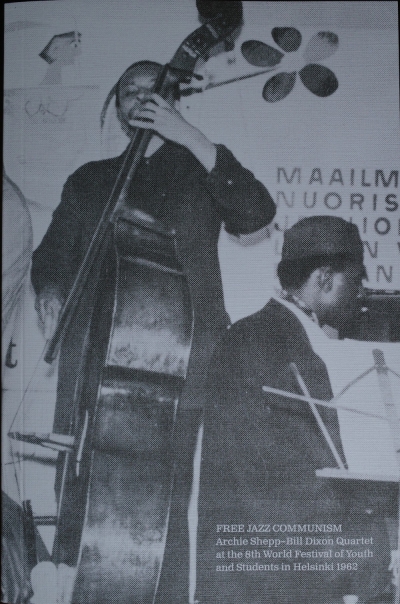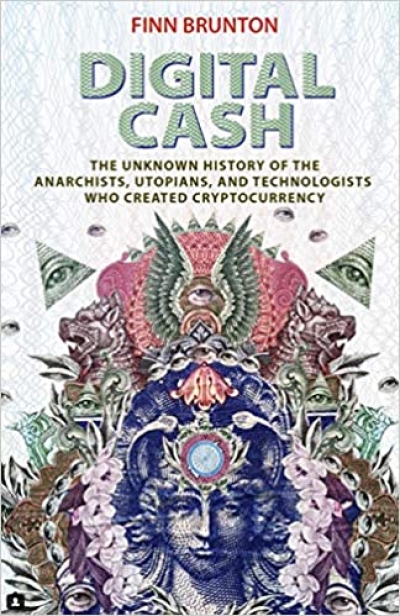
What was the Hipster? A Sociological Investigation
Preface
All descriptions of hipsters are doomed to disappoint, because they will not be the hipsters you know. But to those of you who are reading this in 2050, I can only say: Everything in this book is true, and its impressions are perfect.
SYMPOSIUM
Introduction
“Please do take the opportunity to answer each other. We’ll just beg your patience to make sure that it’s getting on tape. Okay?”
Positions
When we talk about the contemporary hipster, we’re talking about a kind of cross-subcultural figure who emerges by 1999 and enjoys a fairly narrow but robust first phase of existence from 1999 to 2003. At which point the category of hipster seemed about to dissipate and return to the primordial subcultural soup, for something else to take over. Instead what we witnessed was an increasing spread and durability of the term, in an ongoing second phase from 2003 to the present.
I Was Wrong
The truth was that there was no culture worth speaking of, and the people called hipsters just happened to be young and, more often than not, funny-looking.
Vampires of Lima
What are we not talking about when we’re talking about the hipster? For example, criticizing the hipster is often a way of discussing gentrification and neighborhood change — while exempting oneself from the process. Figured as scapegoats, hipsters ruin neighborhoods by driving up rents with their parental subsidies, while the non-hipsters just . . . live there. Which is a totally ridiculous conceit.
Discussion
“Before you guys ask each other any more questions I think we should go back to the gentleman standing by the microphone.”
DOSSIER
The Death of the Hipster
I went to n+1’s “What Was the Hipster?” panel discussion at the New School on Saturday but went away a bit unfulfilled. We all had a stake in defining “hipster” as “not me.”
Hipsters Die Another Death at n+1 Panel
The one guy sporting a trucker hat stared straight ahead as Mr. Greif talked about how guys in trucker hats were striving for some sort of faux-authenticity. And when Mr. Greif hit upon the prevalence of pornographic and pedophilic mustaches among hipsters, one heavily mustachioed man seemed to listen more intently.
RESPONSES
Williamsburg Year Zero
I was a gentrifier in Williamsburg. Like the maligned hipsters, I used my parents’ savings to secure a place to live. I wanted grocery stores that carried organic products like Horizon milk for $6 per half-gallon, and overpriced but aesthetically satisfying coffee shops like El Beit. I needed expensive boutiques, otherwise I would have felt bad for having left Manhattan.
19 Questions
It interests me that “hip-hop” also gestured to similar origins when it took the “hip” from “hipster.” Can it be a cultural accident that within about twenty years of each other, black and white vanguardists (and arrivistes) drew on the old black and white uses of the same word?
Hip-hop & Hipsterism
As a black boy looking at white boys, hipsterism strikes me as what happens when white folks become aware of power and inequity — but then say, “Well, what are we supposed to do? Throw our hands up and mug for the camera.”
ESSAYS
On Douchebags
Like “douchebag,” “hipster” was a name that no one could apply to oneself. But the opportunity to call someone else a “douchebag”: that offered the would-be hipster a means of self-identification by a name one could say, looking outward. In the douchebag, the hipster had found its Other.
You Know It When You See It
At the height of her fame, authenticity, desirability, specificity, inventiveness — her “roundness” as a character — the female hipster existed before the camera, photogenic and photographed; and so it was here, through the lens, that the hipster feminine came into definition.
Epitaph for the White Hipster
The uncanny thing about the early-period white hipsters is that symbolically, in their clothes, styles, and music and attitudes, they seemed to announce that whiteness was flowing back in [to the city]. Unconsciously, they wore what they were — because for reasons mysterious to the participants, those things suddenly seemed cool.
South Side Story
At their most extreme, hipsters and Hasids present rival heresies, dueling rejections of bourgeois modernity. That each group selected Williamsburg as the terrain for carving out a secessionist utopia can only be blamed on the cunning of history, plus the L train.
http://nplusonemag.com/pamphlet-3

































































































